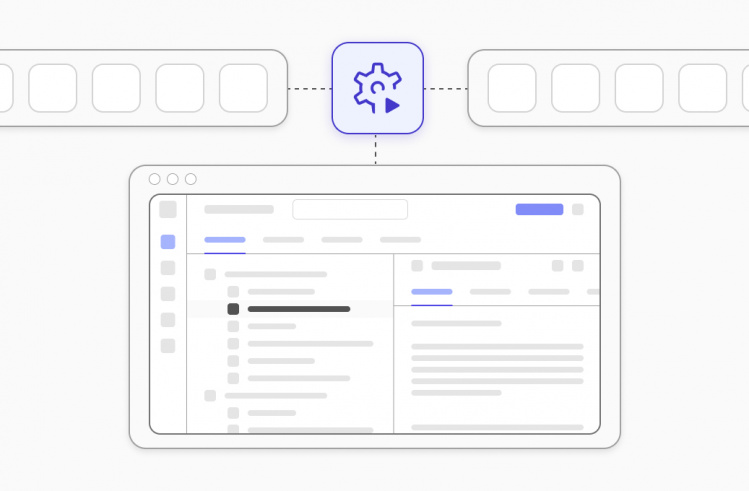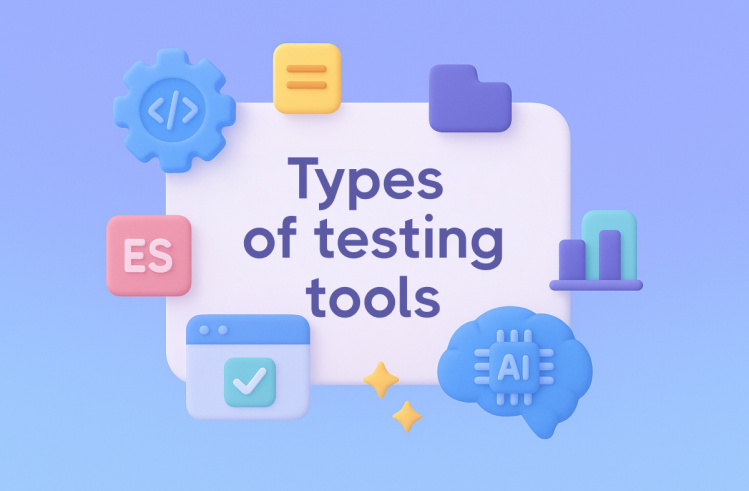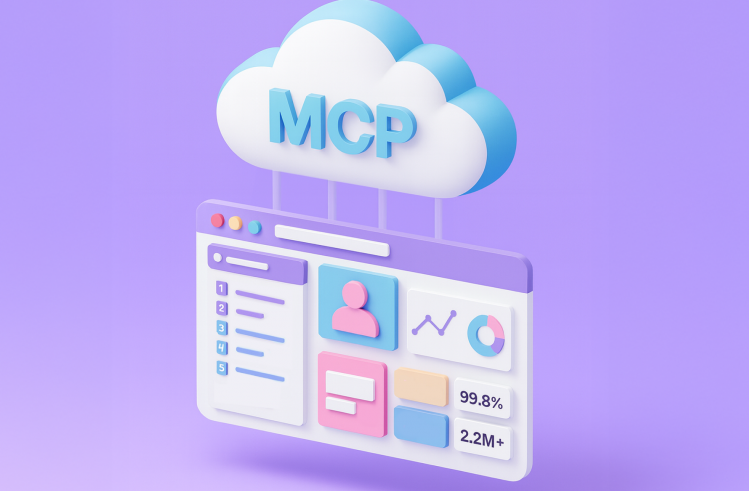Each project is unique and each team has its own needs. But all testing teams are united by the desire to work with quality tools that lead their testing activities more effective. Let’s go together deep into How to choose the Best Test Management tool that suits our daily duties.
What is a test management tool in Software Testing?
Basically, test management tools are needed for keeping test cases and test documentation. Generating test reports. After all for planning the quality assurance activities — in one place.
Yeah, avoid loss of tests and loss of valuable testing time.
Sometimes needs can be more complicated. Test managers look for extra features such as reuse test cases, test rerun, run history, test coverage, requirements coverage, advanced testing metrics etc. Long list.
And it is very important to approach the issue of choosing TСMS responsibly because, for a company, the price of an error can turn out to be high.
How to choose the right one test management software?
We recommend you pay attention to the list of criteria below. This list is based on our lengthy practical experience. Hope it helps you make the right selection.
1. Convinient usage and support
First of all, user-friendly usability is highly important. The test management tool should be easy to use and easy to understand through a clear interface. Each action should be comfortable. An obsolete interface is terrible, agree.
Good documentation, tutorials, clear examples, official and community support are major dimensions as well.
2. Support Reusable or Modular Test Cases
Some new-gen testing tools provide reusability test cases, test suites and user scenarios. So that the same test cases can be used a number of times in different test projects. That way, it can significantly reduce the time and cost of test management, allowing teams to be more productive.
Whoo, challenge test case writing done! Let’s go furth
3. Project organization
A project dashboard should make it easy to track each stage of the testing process. Even if it includes multiple projects. You will have a bird’s eye view of all your test projects, test suites, and test cases. Additionally, if you will use requirements-tracking functionality, you will have an end-to-end view of the testing requirements coverage.
Total control through visualization is so cool!
4. Capability to create users and user roles
All participants should be responsible for the quality of the product. It is worth inviting them to join the testing. Should be implemented invitation of the development team and stakeholders to testing. But also sharing of project rights and grant user roles. Assigning individual tasks with a record of the tests executed and who will respond to them.
Thus, roles based team management features provide the capability to organize and coordinate this process in the best way.
5. Collaboration
Collaboration is a valuable component of agile testing methodology. And agile teams every time looking for new opportunities to improve communication. Agile teams attempt to prevent breakdown gaps.
Collaborative capabilities mean that test management tools should be accessible to all the stakeholders who communicate regarding a particular test project.
In that, the testing tool might be available via cloud servers. Saas create an even more conducive environment for collaboration.
6. Test plan implementation
Planning is core in any enterprise in life and business. In order for testing not to be chaotic, its direction should be determined through test strategy.
Test management software should provide flexible capabilities in test planning for the successful implementation of test strategy and ensure key test objectives.
At least the test plan should display the scope of testing, its priority, schedule test activities and capture the test results.
7. Real-time reporting
Reporting must be able to clearly outline what is happening at a given moment with a project. Herein lies the value of real-time reporting. Real-time reporting allows for fast responses from QA teams, and create opportunities for resolution.
Moreover, it facilitates CI\CD and ultimately boosts QA processes.
8. Rich Analytics & testing
Testing metrics are important to make sense of any aspect of a project. Metrics make anomaly detection. Testing metrics identify most failed or slow tests, flaky tests, track manual vs automated tests.
Aggregated testing analytics identify bottlenecks, improve the testing process.
9. Integrates with automation & ci tools
Searching for the best test management software, give look for a tool that provides integration with leading test automation tools and ci\cd tools such as Jenkins, CircleCI, GitLab, Bamboo.
As this makes sync and test run on a regular basis. And also automate the entire process of managing automated tests, which can significantly reduce product delivery.
Moreover, the test management tool as we are noted previously also should help you get a holistic view of the project status. Should display execution cycles, test runs, test report results as well as defects in a particular test suite, serving continuous feedback mechanism with requirements.
Would be good to consider a test management software with integration of issues and bug tracking tools like Jira. Also project management tools, task management tools etc.
All-in-one test management software impact on fast issue solving!
10. Manual and automation testing synchronization
manual testing is by no means on its way out, but automated testing is indubitably on its way in, and qa engineers need test management tools that can support automated tests organized and well-documented too.
👉 See testomat.io Best Test Management Software which is able to synchronize all your manual tests and automated tests under one roof!








